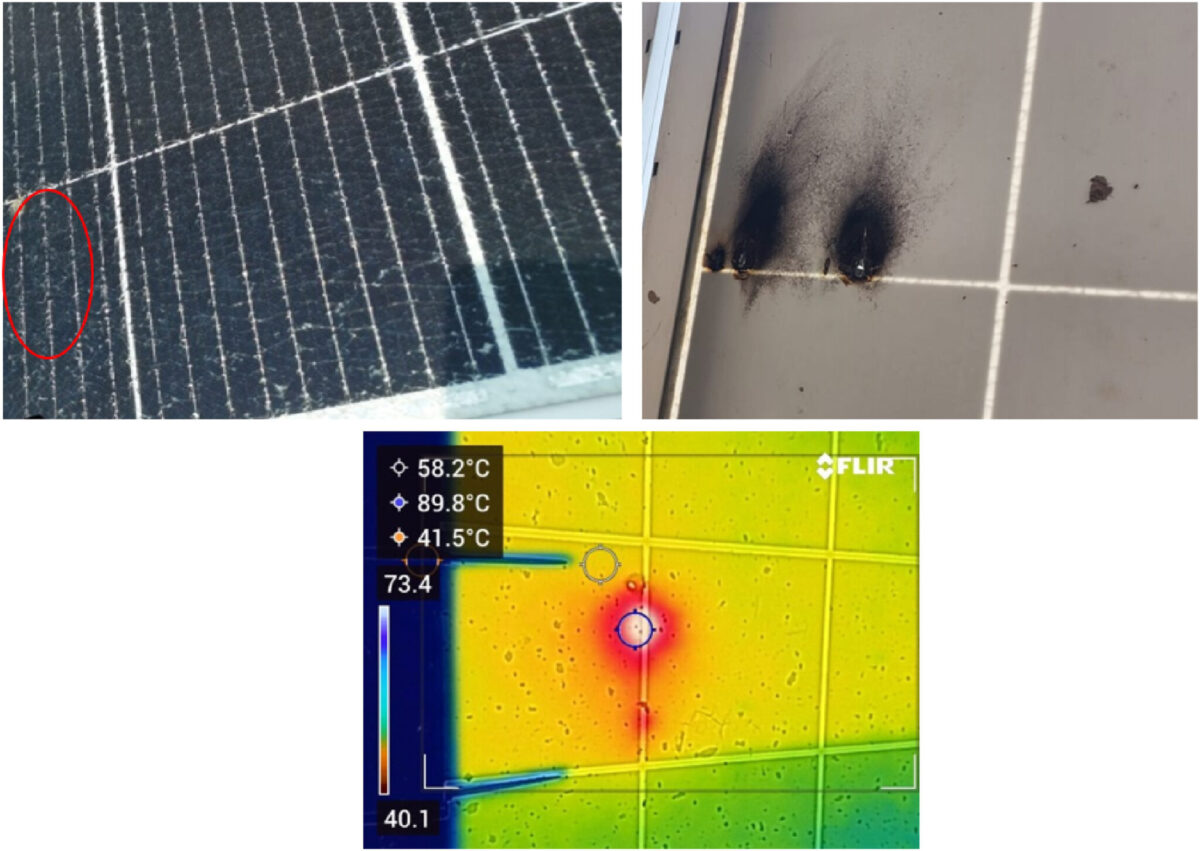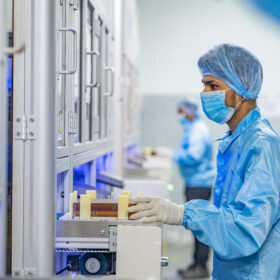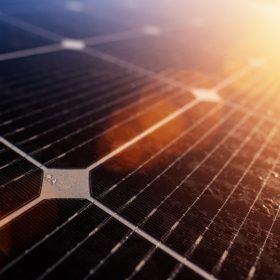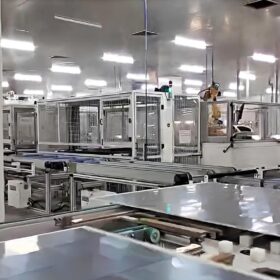Researchers from Indonesia’s University of Surabaya have conducted a study into the early operational defects of a 24.9 MW solar PV plant located on the Sumatra Island of western Indonesia.
The analysis began operation in August 2022, when the facility went online, and concluded in August 2024.
“The relatively short operational period ensures that the observed defects primarily stem from early operational factors, rather than prolonged wear and tear,” explained the lead author Elieser Tarigan. “This research aims to categorize and quantify the types of defects observed, including hotspot effects, glass cracking, junction box failures, and foggy or discolored glass, to understand their impact on system performance.”
Overall, the Sumatra site has 64,140 PV panels, with a capacity of 390 W each. They are all installed in a ground-mounted configuration, where the modules are connected in series to form strings. Each string is comprised of 30 modules connected in series.
“During field observations, the operating voltage and operating current were monitored and compared against the module’s technical specifications to identify potential irregularities,” said the researcher. “The observations focused on identifying abnormalities in the power output of specific module strings. A string was considered abnormal when the power output displayed by the inverter was significantly lower than the theoretical values calculated for the string under the given environmental conditions. These abnormalities were further investigated to determine the presence of module defects.”
Then, the specific-module investigation included visual inspections with direct measurements, and more in-depth analysis included detailed measurements and thermal imaging. The data collected from the visual inspections and measurements were analyzed to determine the prevalence and impact of each type of defect.
“The results of the observations indicate that within the first two years of operation, out of a total of 64,400 installed PV modules, approximately 678 modules exhibited operational abnormalities caused by various defects previously mentioned,” the scientists explained. “The observed failure rate, approximately 1.05 %, highlights the importance of early monitoring and maintenance to ensure the reliability and longevity of PV systems.”
Per the results, most issues were connected to hotspot formation. Specifically, 350 junction box failures were found, 282 instances of glass cracking, 42 cases of junction box swelling, and seven cases of foggy or discolored glass. In addition, cases of shading from surrounding objects such as trees, poles, and buildings and from self-shading between PV arrays were also identified.
“Through analysis, it was shown that half-cut modules perform better than full-cell modules in mitigating hotspot effects due to their lower current per cell and improved bypass diode configuration, reducing heat dissipation and power losses,” concluded Professor Tarigan. “Additionally, reducing the number of modules in a string effectively lowers string voltage and current, thereby minimizing the severity of hotspots.”
Their findings were presented in “Identification of early operational defects in photovoltaic modules: A case study of a 24.9 MWp solar PV system in Sumatra, Indonesia,” published in Unconventional Resources.
This content is protected by copyright and may not be reused. If you want to cooperate with us and would like to reuse some of our content, please contact: editors@pv-magazine.com.








By submitting this form you agree to pv magazine using your data for the purposes of publishing your comment.
Your personal data will only be disclosed or otherwise transmitted to third parties for the purposes of spam filtering or if this is necessary for technical maintenance of the website. Any other transfer to third parties will not take place unless this is justified on the basis of applicable data protection regulations or if pv magazine is legally obliged to do so.
You may revoke this consent at any time with effect for the future, in which case your personal data will be deleted immediately. Otherwise, your data will be deleted if pv magazine has processed your request or the purpose of data storage is fulfilled.
Further information on data privacy can be found in our Data Protection Policy.